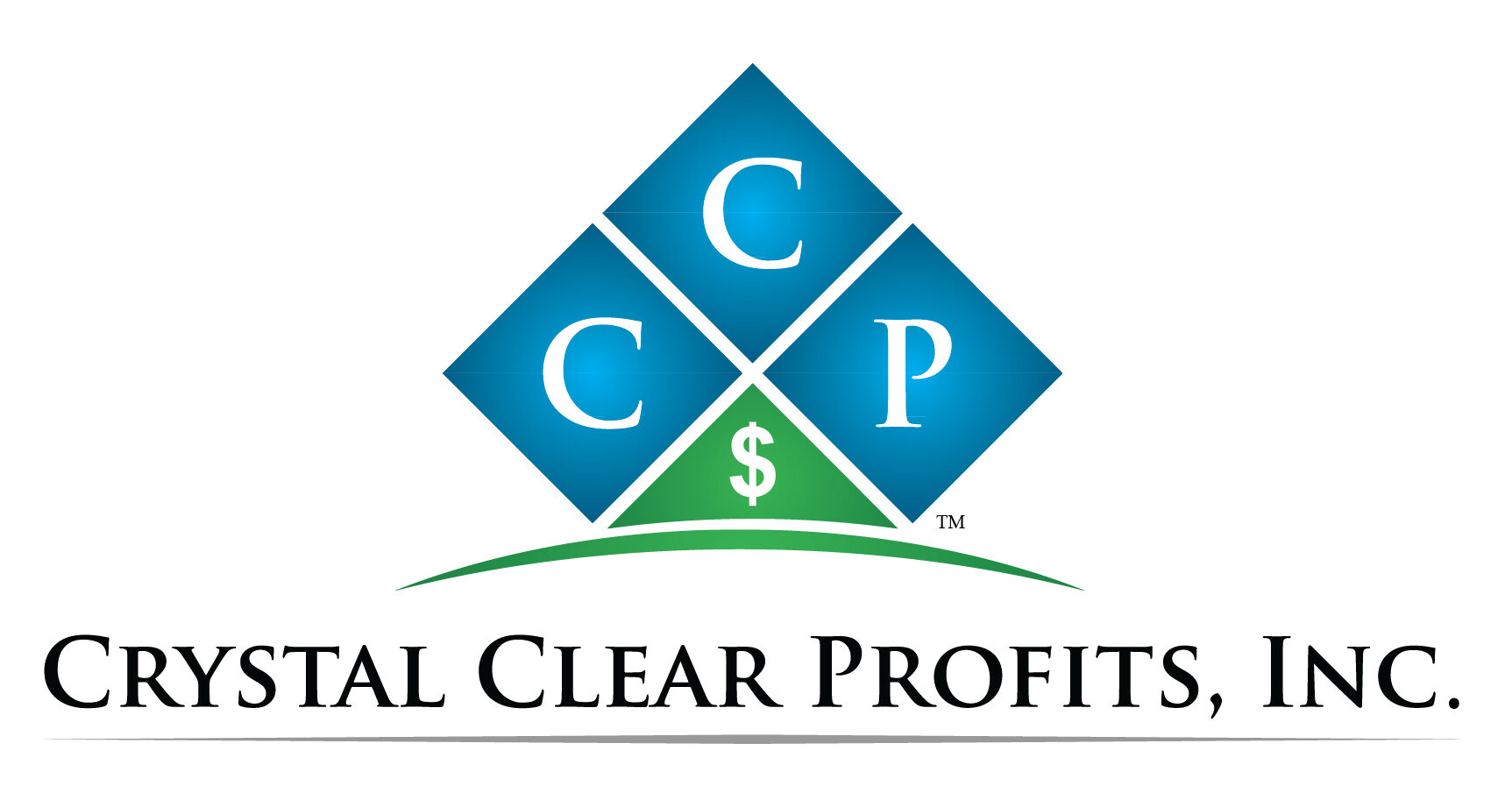As we reach the midpoint of the year, it’s a crucial time for businesses to reassess their financial strategies and make necessary adjustments. Effective mid-year tax planning can help businesses minimize their tax liabilities, maximize deductions, and ensure a smoother year-end process. Here are some essential mid-year tax planning tips tailored specifically for businesses.
1. Review Financial Statements
Conduct a Financial Health Check
Mid-year is an excellent time to review your profit and loss statement, balance sheet, and cash flow statement. Analyzing these financial statements helps you understand your business’s financial health and identify areas that need improvement.
Compare to Budget
Compare your actual financial performance to your budget and projections. Assessing variances will help you make informed decisions about necessary adjustments to meet your year-end goals.
2. Adjust Estimated Tax Payments
Reevaluate Estimated Tax Payments
If your business’s income has fluctuated significantly, you may need to adjust your estimated tax payments. This helps avoid underpayment penalties and ensures you’re not overpaying taxes throughout the year.
.
3. Maximize Deductions and Credits
Take Advantage of Business Deductions
Review all potential business deductions, including office expenses, travel, and meals. Keep thorough records and receipts to substantiate these deductions.
4. Manage Depreciation
Review Depreciation Schedules
Evaluate your current depreciation schedules for business assets. Consider whether to take advantage of Section 179 expensing or bonus depreciation for newly acquired assets.
Plan for Future Purchases
If you’re planning to purchase significant assets, timing can affect your tax position. Purchasing before year-end allows you to take advantage of depreciation deductions sooner.
5. Optimize Employee Benefits
Review Retirement Plans
Ensure your business is making the most of retirement plan options, such as 401(k) plans or SEP IRAs. These plans offer tax advantages for both the business and employees.
Evaluate Health Plans
Consider the tax implications of your current health insurance offerings. Health Savings Accounts (HSAs) paired with high-deductible health plans can provide tax benefits for both the business and employees.
6. Implement Tax-Advantaged Strategies
Utilize an Accountable Plan
If your business reimburses employees for business expenses, ensure you have an accountable plan in place. This allows the business to deduct the expenses while excluding them from employees’ taxable income.
Consider S Corporation Election
If your business is structured as an LLC or C Corporation, evaluate the potential benefits of electing S Corporation status. This can provide tax savings by avoiding double taxation and allowing pass-through of income and losses.
Mid-Year Tax Planning Meeting
Schedule a mid-year meeting with your tax advisor to review your financial situation and adjust your tax strategy. This proactive approach helps identify potential issues early and implement effective solutions. Schedule your free consultation here to see how you can optimize your tax savings.
